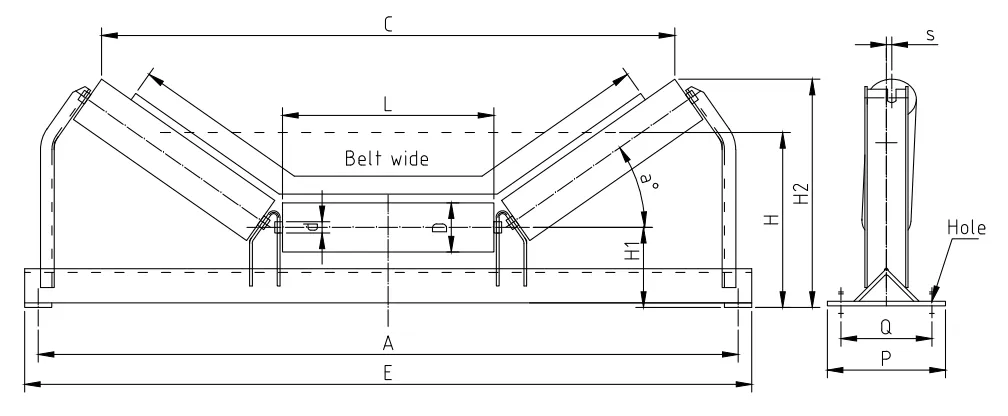 Afrikaans
Afrikaans  Albanian
Albanian  Amharic
Amharic  Arabic
Arabic  Armenian
Armenian  Azerbaijani
Azerbaijani  Basque
Basque  Belarusian
Belarusian  Bengali
Bengali  Bosnian
Bosnian  Bulgarian
Bulgarian  Catalan
Catalan  Cebuano
Cebuano  Corsican
Corsican  Croatian
Croatian  Czech
Czech  Danish
Danish  Dutch
Dutch  English
English  Esperanto
Esperanto  Estonian
Estonian  Finnish
Finnish  French
French  Frisian
Frisian  Galician
Galician  Georgian
Georgian  German
German  Greek
Greek  Gujarati
Gujarati  Haitian Creole
Haitian Creole  hausa
hausa  hawaiian
hawaiian  Hebrew
Hebrew  Hindi
Hindi  Miao
Miao  Hungarian
Hungarian  Icelandic
Icelandic  igbo
igbo  Indonesian
Indonesian  irish
irish  Italian
Italian  Japanese
Japanese  Javanese
Javanese  Kannada
Kannada  kazakh
kazakh  Khmer
Khmer  Rwandese
Rwandese  Korean
Korean  Kurdish
Kurdish  Kyrgyz
Kyrgyz  Lao
Lao  Latin
Latin  Latvian
Latvian  Lithuanian
Lithuanian  Luxembourgish
Luxembourgish  Macedonian
Macedonian  Malgashi
Malgashi  Malay
Malay  Malayalam
Malayalam  Maltese
Maltese  Maori
Maori  Marathi
Marathi  Mongolian
Mongolian  Myanmar
Myanmar  Nepali
Nepali  Norwegian
Norwegian  Norwegian
Norwegian  Occitan
Occitan  Pashto
Pashto  Persian
Persian  Polish
Polish  Portuguese
Portuguese  Punjabi
Punjabi  Romanian
Romanian  Russian
Russian  Samoan
Samoan  Scottish Gaelic
Scottish Gaelic  Serbian
Serbian  Sesotho
Sesotho  Shona
Shona  Sindhi
Sindhi  Sinhala
Sinhala  Slovak
Slovak  Slovenian
Slovenian  Somali
Somali  Spanish
Spanish  Sundanese
Sundanese  Swahili
Swahili  Swedish
Swedish  Tagalog
Tagalog  Tajik
Tajik  Tamil
Tamil  Tatar
Tatar  Telugu
Telugu  Thai
Thai  Turkish
Turkish  Turkmen
Turkmen  Ukrainian
Ukrainian  Urdu
Urdu  Uighur
Uighur  Uzbek
Uzbek  Vietnamese
Vietnamese  Welsh
Welsh  Bantu
Bantu  Yiddish
Yiddish  Yoruba
Yoruba  Zulu
Zulu carrying idler frame
Understanding Carrying Idler Frames in Conveyor Systems
In the realm of material handling and conveyor systems, the efficiency and reliability of transporting materials are paramount. One critical component often overlooked is the carrying idler frame. This structural element plays a significant role in supporting the conveyor belt and ensuring that materials are moved from one point to another with minimal friction and maximum stability.
What is a Carrying Idler Frame?
A carrying idler frame is designed to hold idler rolls, which support the weight of the conveyor belt along its length. These frames serve as the backbone of the conveyor system, providing the necessary structure to maintain the belt's trajectory and to support the materials being transported. Typically made from durable materials such as steel or aluminum, carrying idler frames must withstand significant loads and environmental impacts while ensuring proper alignment and spacing of the idlers.
Importance of Carrying Idler Frames
1. Support Weight Load The primary function of a carrying idler frame is to support the weight of the materials on the conveyor belt. As the belt traverses various angles and elevations, the idler frames ensure that the load is distributed evenly, minimizing stress on the belt itself.
2. Maintain Belt Alignment Proper alignment of the conveyor belt is essential to prevent premature wear and tear. Carrying idler frames help in maintaining the correct trajectory of the belt, reducing misalignment issues that can lead to material spillage and operational inefficiencies.
3. Reduce Friction The design of carrying idler frames and the positioning of the idler rolls help in reducing friction between the belt and the frame. Lower friction translates to less energy consumption, enhancing the overall efficiency of the conveyor system.
4. Facilitate Maintenance A well-designed carrying idler frame simplifies maintenance tasks. By allowing easy access to idlers for inspections and replacements, conveyor operators can ensure that the system remains in optimal working condition, thus extending the lifespan of both the idler rolls and the conveyor belt.
carrying idler frame

Design Considerations
When designing carrying idler frames, several factors must be taken into account
- Material Selection The choice of material for the frame impacts its strength and durability. Typically, frames are made from high-strength steel to tolerate heavy loads, while corrosion-resistant coatings may be applied to enhance longevity.
- Load Capacity The design must consider the maximum load the system will carry, including any dynamic factors such as acceleration or deceleration during operation.
- Modularity Modular designs can facilitate easier adjustments and replacements. This flexibility is particularly essential in sectors where conveyor configurations may change over time.
- Environmental Factors Depending on the operating environment, frames may need to be designed to withstand extreme temperatures, moisture, or high levels of dust and debris.
Conclusion
Carrying idler frames are a crucial yet often underestimated component of conveyor systems. Their role in supporting the belt, maintaining alignment, reducing friction, and facilitating maintenance is essential for the efficient functioning of material handling operations. Understanding the significance of this component enables businesses to optimize their conveyor designs, leading to improved operational efficiency and reduced costs in the long run. As industries continue to evolve, integrating robust and efficient carrying idler frames will play a vital role in the overall success of material handling systems.
-
Wing Pulley Conveyor for Conveyor Belt MaintenanceNewsJun.16,2025
-
Self Cleaning Spiral Idler for Conveyor DesignNewsJun.16,2025
-
Pulley Lagging for Conveyor Belt AlignmentNewsJun.16,2025
-
Impact Idlers Used in Belt Conveyor for PerformanceNewsJun.16,2025
-
Ceramic Lagging Conveyor Pulley for Conveyor Belt SystemsNewsJun.16,2025
-
Belt Conveyor Idler for Heavy-Duty ApplicationsNewsJun.16,2025





























